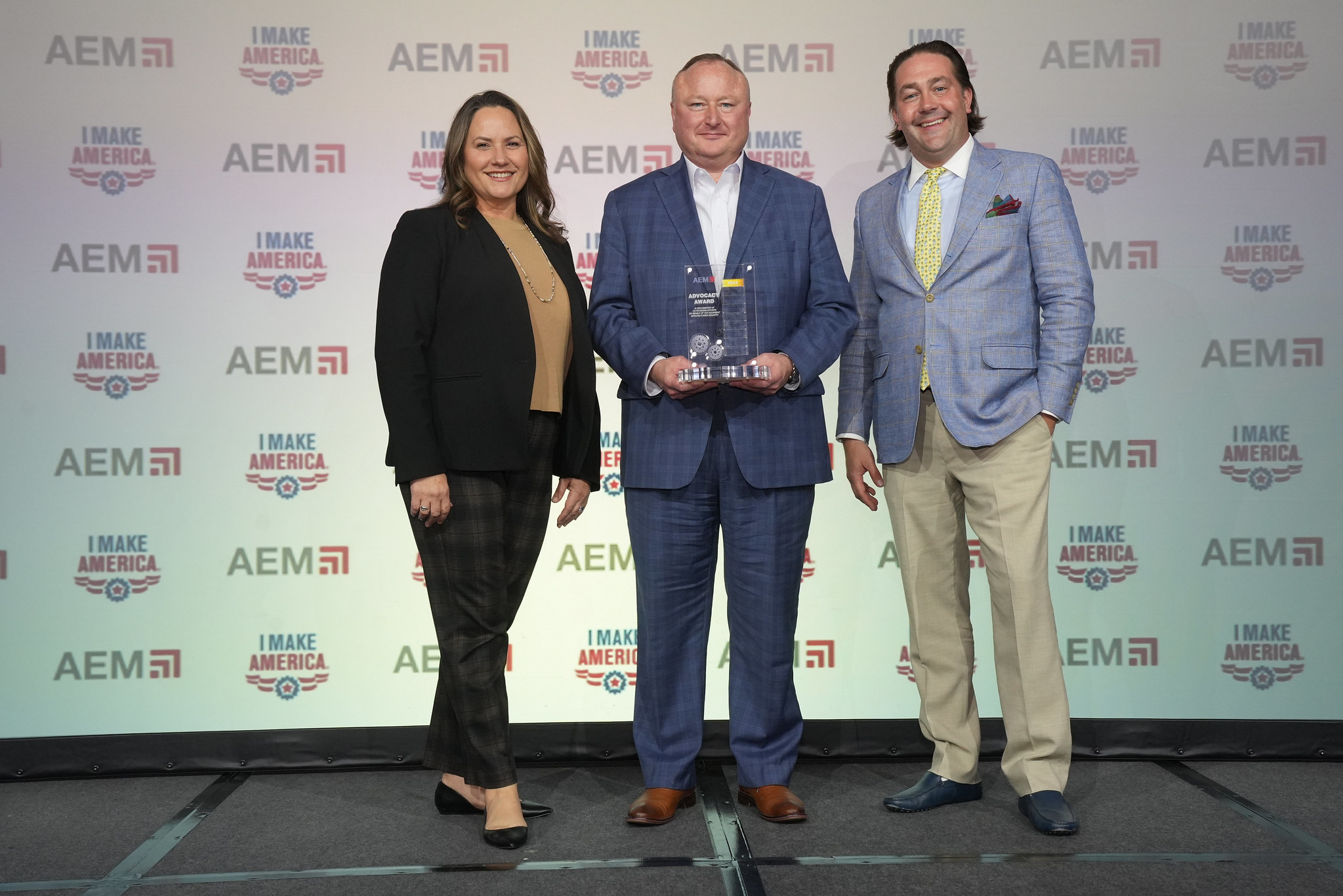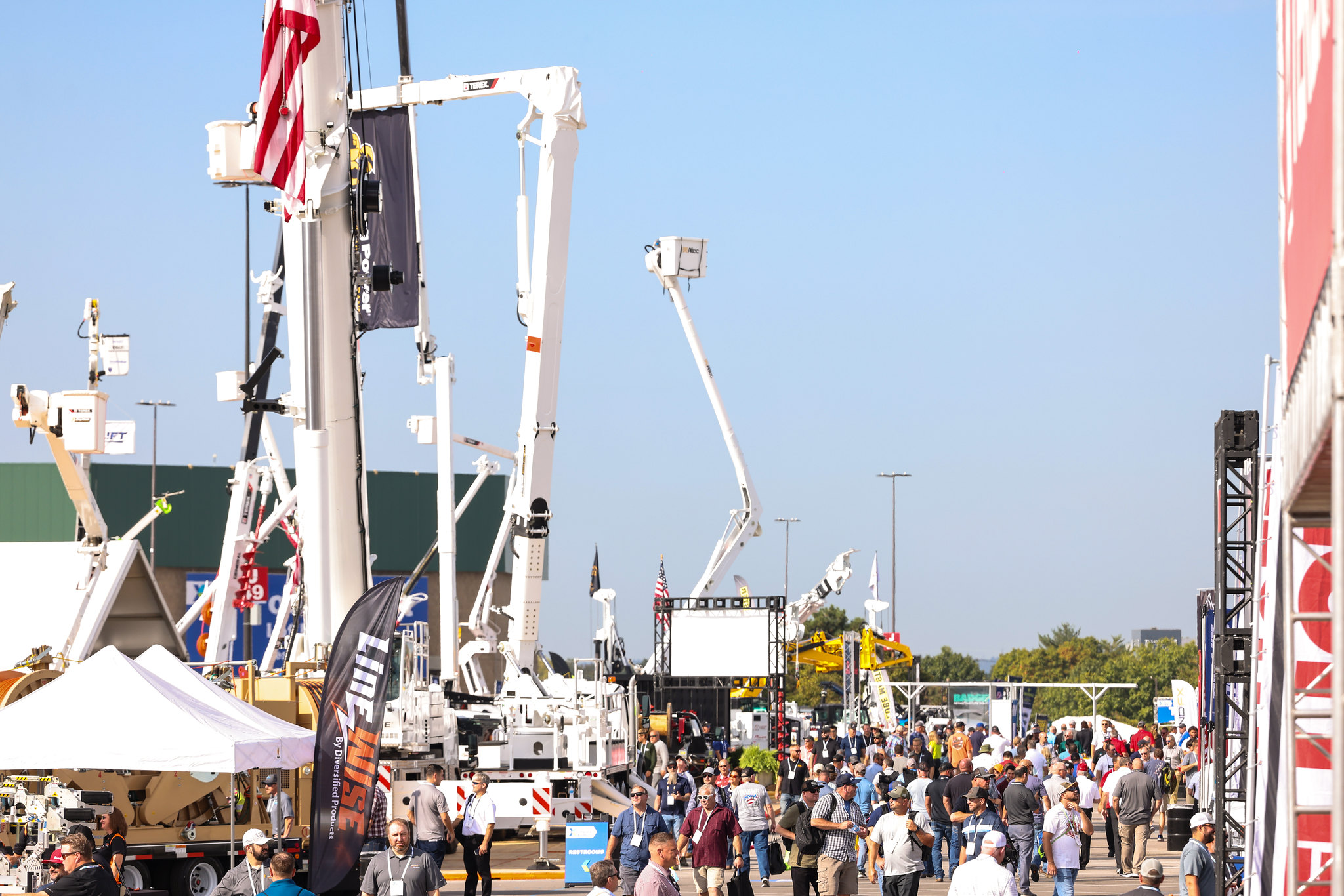By Julie Davis, AEM Senior Director of Workforce Development
Manufacturers have survived 19 months of a pandemic with unprecedented impacts on their workforce. As of September 2021, the labor force participation rate seems to have settled in between 61.4 and 61.7%; still 1.7 percentage points lower than in February 2020. Employment in manufacturing increased by 26,000 in September 2021 but remains down by 353,000 since February 2020.
Overall, manufacturers are struggling to fill open positions with the skilled labor necessary to meet the surge in orders. The jobs have come back. But the people, hard to find even before the pandemic, have not.
For more support, ideas, or information related workforce development activities, get started by visiting the AEM Workforce Solutions Toolkit. In addition, on-demand presentations from this year's Workforce Solutions Virtual Summit can be found here.
Human resource professionals have had to rise to the challenge of meeting new safety standards to keep production floors operational, create COVID plans, and facilitate layoffs only to emerge into a landscape where the challenge of hiring offers them no reprieve from constant stress. Since the first increase in government funding was added to unemployment income, companies everywhere wondered how the decrease in financial pressure at home would impact return to work. Indeed, financial support programs brought relief to unemployed but stress to employers. Job openings reached record levels month over month while prospective workers were less willing to re-engage. Now that incentive programs have trailed off, can we expect a return to normal hiring?
Unfortunately, according to “The Demographic Drought,” a report released by Emsi this year, the labor market challenges were not caused by financial incentives provided during the pandemic, the pandemic simply accelerated a mix of existing challenges that will continue to impact the labor market ahead.
With that fact in mind are the national and global demographic labor trends accelerated by the pandemic that manufacturers should be discussing.
The faster than expected exodus of Baby Boomers
Although this is not a new topic, the pandemic has accelerated Baby Boomer retirement. In an average year, 2 million Baby Boomers retire. An additional 1.1 million people retired from the labor market during pandemic, according to Pew Research Center. This is not a staggered exodus, but an en mass exit by many higher level, with highly valued senior leaders taking with them years of accumulated knowledge and experience.
Record-low labor force participation rage of prime-age Americans
The most significant takeaway from The Demographic Drought for the manufacturing industry is that the labor force participation rate of prime age male workers (age 25-54) has been steadily declining since the 1980s.
The chart on the right represents roughly 2.6 million prime age men no longer actively working or searching for a job. In addition, Rob Sentz, one of the authors of The Demographic Drought, states in an online overview that “these prime age men are steadily leaving the market, not getting married, not working full time, and living off their Boomer parents or grandparents.” The number of prime age men willingly opting for a part-time job jumped from 6 million in 2007 to nearly 8 million in 2019. Although manufacturers have historically seen low rates of women participating in their workforce, there may be little future support from that population base as 2.4 million women left the workforce between February 2020 and this past February. These women have been slow to return.
The national birth rate has been shrinking since 2008 and hit a 35-year record low in 2019.
America is joining the list of nations that don’t have enough people coming to sustain the labor market as we have known it. The American fertility rate has been below replacement rate since 1971, and the U.S. population is projected to begin shrinking by 2062. With the already shrinking pool of talent due to the declining labor force participation rate, combined with the diminishing supply of people, employers will continue to scramble for a dwindling supply of talent. Immigration is not the answer to this problem, as other nations are showing similar declines.
So, what do manufacturers, who are already struggling to fill positions, do with this information as they look forward? Here are a few suggestions.
Move talent strategy conversations from the HR department to the C-suite or board room.
Manufacturing success begins with having the labor and talent to move forward. HR departments will not be able to respond to the ongoing talent decline without leadership engagement, strategy, and resources. Business strategies created without supporting talent strategies will be set up to fail from the start. Manufacturing leaders need to add talent strategy transition planning to their plate or continue in a cycle of labor desperation.
Leverage external partnerships to develop talent pipelines and stop working in isolation.
HR has worked comfortably and successfully in isolation for years. However, looking forward, that strategy is unlikely to meet demands for skilled talent. Getting engaged with education, workforce development boards, trade skill focused non-profits, regional workforce initiatives and in our own communities will be necessary as we build a bridge into the future. Successful engagement with these organizations happens at various levels of the organization, from decision-makers to employee volunteers. Manufacturers need to get started if they are not currently engaged in this work. Other industry sectors are already engaged in this activity and are courting future workers.
Create a multi-layered strategy to retain and develop current employees.
Keeping current employees is going to become a priority as manufacturers look to the future, and it’s going to take more than good pay and benefits to make that happen. The pandemic has reshaped peoples’ work expectations, and employees are looking for employers who are willing to get creative with scheduling to add flexibility. In addition, developing current employees to have the future skills manufacturers will need may fall more and more into the employer’s wheelhouse. Not necessarily conducting the training itself, but creating networks and partnerships that provide on-going micro-credentialing that will become the new form of on-going adult education. Creating career pathways that align with credentialing to keep employees engaged and motivated will likely be company specific. The days of ready-made employees trained to step in and do the hib seems like it could be a thing of the past unless companies are highly engaged with locally educational networks.
Be strategic.
Create a business strategy through the lens of an overall labor decline. How would a talent deficit influence an investment in or adoption of automation? How would staffing and budgeting need to adjust for training, outreach, partnership creation and relationship maintenance? How could a schedule be created that incorporates flexibility expectations or a prime working-age man who is more apt to take on part-time employment? What untapped labor populations, such as the ex-offender talent pool, disadvantaged youth, veterans, or minorities could be tapped in order to develop tactical outreach strategies and partnerships?
Challenges can be insurmountable when they surprise. With this data-driven view into the future of the labor market, the manufacturing industry has the opportunity to look to the future with a new lens, make business plans that incorporate the changing labor market landscape, and meet productivity and growth goals through thoughtful planning. The landscape ahead has been disclosed, and the industry sectors or companies who make adjustments will win the competition for labor.
Get started now.
Not sure how to get started? AEM is standing by with resources, such as our Workforce Solutions Toolkit, Workforce Development Organizational Assessment, and other information and benchmarking tools. Join the mailing list for AEM’s 2-Minute Workforce Tactics videos and resources. Members are just an email, virtual meeting request, or phone call away from individual support.
Learn More
For more support, ideas or information, get started by visiting the Workforce Solutions Toolkit or contact AEM's Julie Davis at jdavis@aem.org.
For more perspectives from AEM staff, subscribe to the AEM Industry Advisor.





